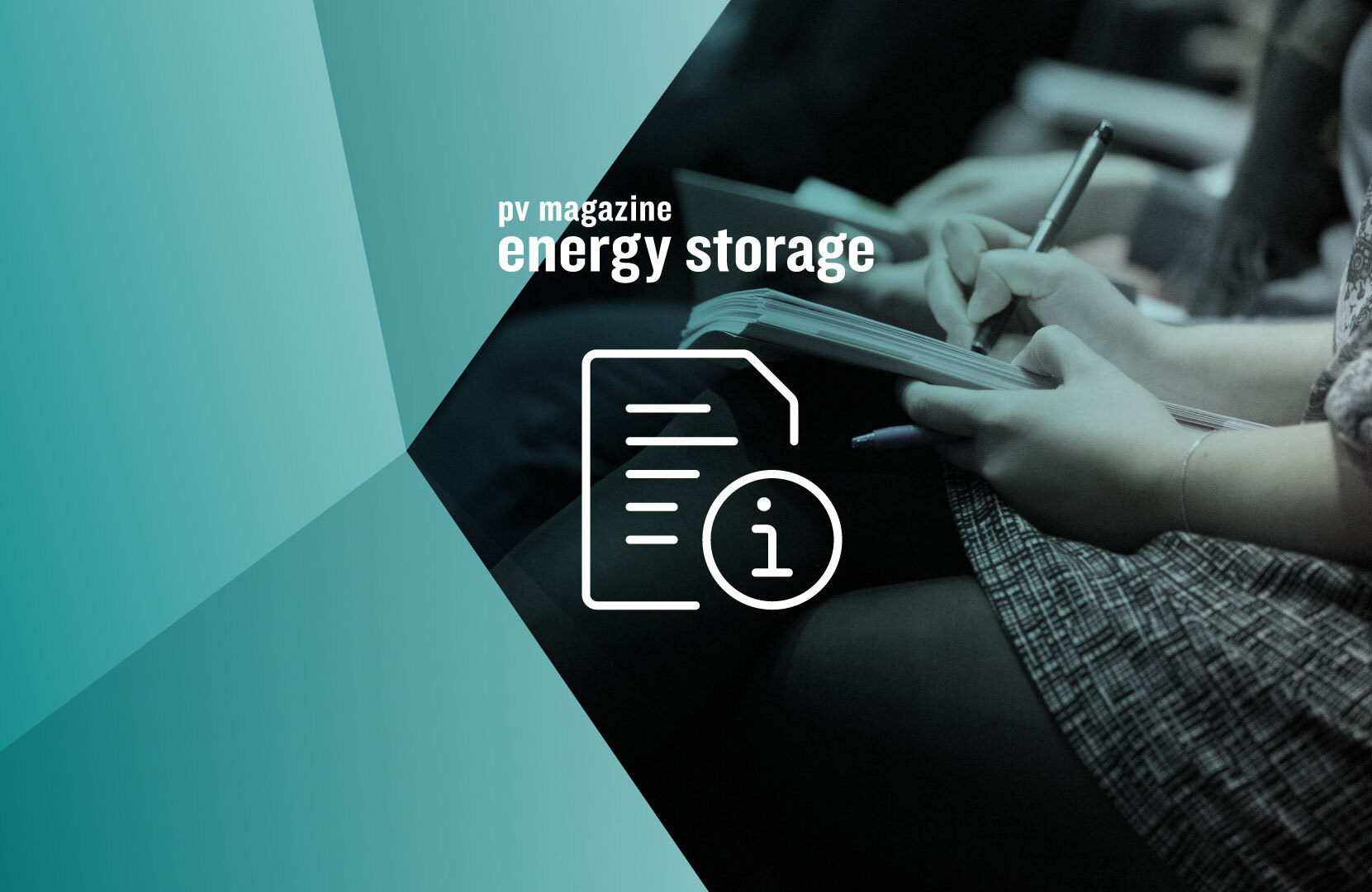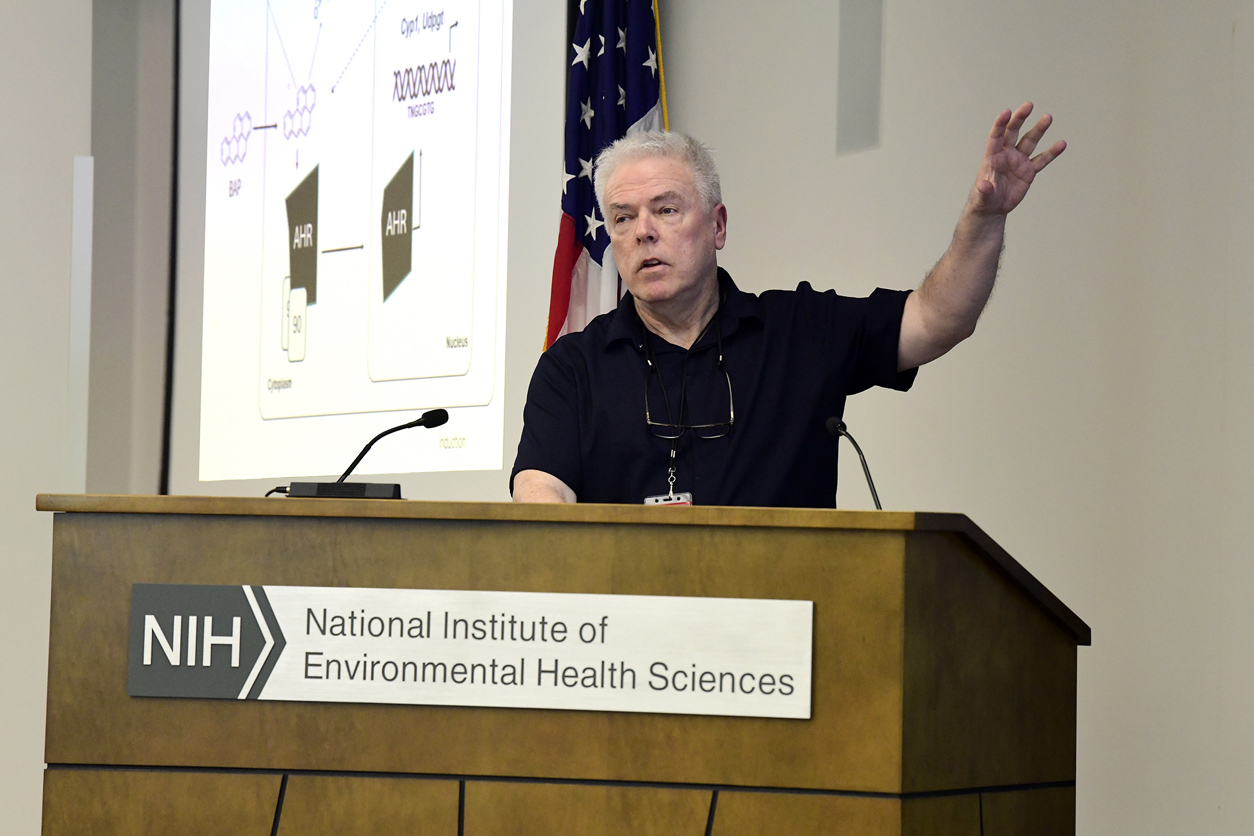JDEnergy shines at SNEC ES+ 2025, defining the “Value Era” of Energy Storage – ess-news.com

JDEnergy’s Contribution to Sustainable Development Goals through Advanced Energy Storage Solutions
Introduction: Aligning Energy Innovation with Global Sustainability Targets
JDEnergy, a BNEF Tier 1 global energy storage manufacturer, has presented a portfolio of all-scenario energy storage solutions designed to address evolving electricity market demands. The company’s initiatives and technological advancements align directly with several United Nations Sustainable Development Goals (SDGs), particularly those focused on energy, infrastructure, sustainable communities, and climate action.
Advancing SDG 7: Affordable and Clean Energy
JDEnergy’s solutions are pivotal in promoting access to affordable, reliable, and clean energy. By enabling the large-scale integration of renewable energy sources, the company’s technologies support the global transition away from fossil fuels.
- Renewable Energy Integration: The eBlock-100C system combines PV MPPT, battery DC/DC, and bidirectional conversion, facilitating the efficient use of solar power and contributing to a cleaner energy mix.
- Energy Access and Reliability: Support for both grid-connected and off-grid operations enhances energy security and provides reliable backup power, crucial for communities and industries.
- Optimized Energy Use: Flexible EMS modes for self-consumption and economic optimization empower users to manage energy resources effectively, reducing waste and cost.
Fostering SDG 9: Industry, Innovation, and Resilient Infrastructure
The company is developing innovative energy storage solutions that build resilient infrastructure and foster industrial sustainability. These technologies are engineered to enhance the stability and reliability of power grids, a critical component of modern infrastructure.
- Enhanced Grid Stability: The eBlock-418 system is designed to meet demands for long-duration flexibility and grid-forming stability.
- Technological Innovation: A heterogeneous cluster control platform enables high-speed dispatch of thousands of units with response times as low as 100 milliseconds, ensuring rapid grid response.
- Advanced Grid Services: The system offers multiple control modes, including primary frequency control and peak shaving, which are essential for maintaining a robust and efficient electrical grid.
Supporting SDG 11: Sustainable Cities and Communities
JDEnergy’s commercial and industrial (C&I) energy storage systems are deployed in various urban and community settings, directly contributing to the development of sustainable and resilient communities.
- Commercial and Public Infrastructure: Applications in shopping centers and office buildings help manage energy consumption and reduce the carbon footprint of urban centers.
- Industrial Sustainability: Deployment in factories and distributed PV systems supports greener industrial processes.
- Community-Level Energy Systems: The technology is suitable for zero-carbon parks, microgrids, and hybrid systems, forming the backbone of self-sufficient and sustainable local energy ecosystems.
Commitment to SDG 13: Climate Action and SDG 17: Partnerships for the Goals
JDEnergy’s corporate mission is fundamentally linked to climate action by providing the necessary tools to achieve a zero-carbon future. The company actively pursues this goal through global collaboration.
- Driving Decarbonization: By enabling efficient energy storage, JDEnergy’s solutions are critical for reducing greenhouse gas emissions and mitigating climate change.
- Global Collaboration: The company reports significant international interest from partners across Europe, North America, South America, and Southeast Asia, underscoring a commitment to working with global stakeholders to achieve shared sustainability objectives.
- Future Outlook: JDEnergy has stated its commitment to collaborating with partners worldwide to advance progress toward a shared zero-carbon future, in line with the principles of SDG 17.
Sustainable Development Goals (SDGs) Analysis
1. Which SDGs are addressed or connected to the issues highlighted in the article?
-
SDG 7: Affordable and Clean Energy
- The article focuses on energy storage solutions that are crucial for integrating renewable energy sources like solar (PV systems). It discusses technologies for both grid-connected and off-grid operations, aiming to improve energy reliability and efficiency.
-
SDG 9: Industry, Innovation, and Infrastructure
- The text highlights “forward-looking innovation” and “technological strength” in the energy sector. It describes advanced energy storage systems (eBlock-100C, eBlock-418) as a form of resilient infrastructure designed to strengthen grid stability and reliability.
-
SDG 11: Sustainable Cities and Communities
- The article mentions that the energy storage solutions are suitable for various urban and commercial applications, including “shopping centers, office buildings, factories, zero-carbon parks, and microgrids,” contributing to more sustainable and resilient urban infrastructure.
-
SDG 13: Climate Action
- The overarching goal mentioned is to “drive progress toward a shared zero-carbon future.” By enabling greater use of renewable energy and enhancing grid stability, these technologies are a direct response to the need for climate change mitigation and adaptation.
-
SDG 17: Partnerships for the Goals
- The article states that JDEnergy is “committed to working together with partners worldwide” and notes strong interest from partners across Europe, North America, South America, and Southeast Asia, underscoring global collaboration to achieve a zero-carbon future.
2. What specific targets under those SDGs can be identified based on the article’s content?
-
Under SDG 7 (Affordable and Clean Energy):
- Target 7.2: By 2030, increase substantially the share of renewable energy in the global energy mix. The article’s focus on energy storage solutions that support “distributed PV systems” directly contributes to this target by solving the intermittency problem of renewables.
- Target 7.3: By 2030, double the global rate of improvement in energy efficiency. The systems’ functions, such as “peak shaving and valley filling” and “economic optimization,” are designed to use electricity more efficiently and reduce waste.
-
Under SDG 9 (Industry, Innovation, and Infrastructure):
- Target 9.4: By 2030, upgrade infrastructure and retrofit industries to make them sustainable, with increased resource-use efficiency and greater adoption of clean and environmentally sound technologies. The article describes advanced energy storage as an “industry-leading” clean technology that strengthens grid resilience and reliability.
-
Under SDG 11 (Sustainable Cities and Communities):
- Target 11.b: By 2020, substantially increase the number of cities and human settlements adopting and implementing integrated policies and plans towards inclusion, resource efficiency, mitigation and adaptation to climate change, resilience to disasters. The deployment of these technologies in “zero-carbon parks” and “microgrids” represents the implementation of plans for resource efficiency and climate resilience in urban settings.
-
Under SDG 13 (Climate Action):
- Target 13.1: Strengthen resilience and adaptive capacity to climate-related hazards and natural disasters in all countries. The article emphasizes that the solutions are “designed to strengthen grid resilience and reliability,” which enhances adaptive capacity to extreme weather events that can affect power grids.
-
Under SDG 17 (Partnerships for the Goals):
- Target 17.7: Promote the development, transfer, dissemination and diffusion of environmentally sound technologies to developing countries. The mention of a “growing global presence” and interest from partners in South America and Southeast Asia implies the dissemination of these clean energy technologies worldwide.
3. Are there any indicators mentioned or implied in the article that can be used to measure progress towards the identified targets?
-
For Target 7.2:
- Implied Indicator: The capacity of renewable energy (PV) systems integrated with the company’s energy storage solutions. The article mentions combining “PV MPPT” with battery systems, implying a direct link to increasing renewable energy deployment.
-
For Target 7.3:
- Implied Indicator: The amount of energy shifted from peak to off-peak hours through “peak shaving and valley filling” functions. This directly measures efficiency gains in energy consumption.
-
For Target 9.4:
- Implied Indicator: The number and scale of deployments of “all-scenario energy storage solutions” in industrial and commercial settings like factories and substations.
-
For Target 11.b:
- Implied Indicator: The number of “zero-carbon parks” and “microgrids” established using these energy storage technologies in urban environments.
-
For Target 13.1:
- Mentioned Indicator: The system’s response time. The article explicitly states a “response time as fast as 100 milliseconds,” which is a direct, measurable indicator of the technology’s ability to ensure “grid stability” and resilience.
-
For Target 17.7:
- Implied Indicator: The number of international partnerships formed and the geographic spread of technology adoption, as suggested by the “strong interest” from partners across multiple continents.
4. Summary Table of SDGs, Targets, and Indicators
| SDGs | Targets | Indicators (Mentioned or Implied) |
|---|---|---|
| SDG 7: Affordable and Clean Energy | 7.2: Increase the share of renewable energy. 7.3: Improve energy efficiency. |
Capacity of integrated PV systems; Amount of energy shifted via peak shaving and valley filling. |
| SDG 9: Industry, Innovation, and Infrastructure | 9.4: Upgrade infrastructure with clean and sustainable technologies. | Number of deployments of advanced energy storage solutions in industrial settings. |
| SDG 11: Sustainable Cities and Communities | 11.b: Implement integrated policies for resource efficiency and climate resilience. | Number of “zero-carbon parks” and “microgrids” implemented in urban areas. |
| SDG 13: Climate Action | 13.1: Strengthen resilience and adaptive capacity to climate-related hazards. | System response time for grid stabilization (e.g., “100 milliseconds”). |
| SDG 17: Partnerships for the Goals | 17.7: Promote the transfer and diffusion of environmentally sound technologies. | Number of international partnerships and geographic spread of technology adoption. |
Source: ess-news.com
What is Your Reaction?
 Like
0
Like
0
 Dislike
0
Dislike
0
 Love
0
Love
0
 Funny
0
Funny
0
 Angry
0
Angry
0
 Sad
0
Sad
0
 Wow
0
Wow
0















































/environment-climate-change-and-health-(ech)/water-sanitation-hygiene-and-health-(wsh)/landfill-tuvalu-36092.tmb-1200v.jpg?sfvrsn=5c21fe40_1#)


.jpg.webp?itok=0ZsAnae9#)


























